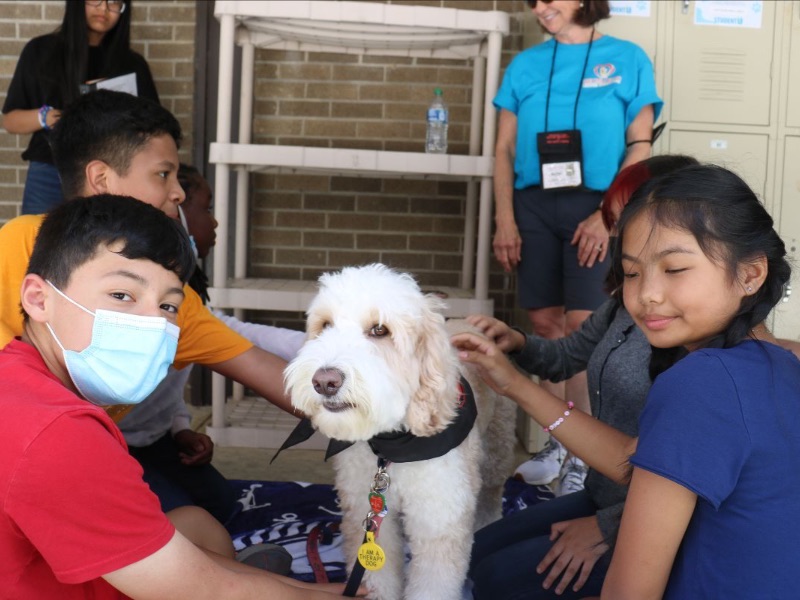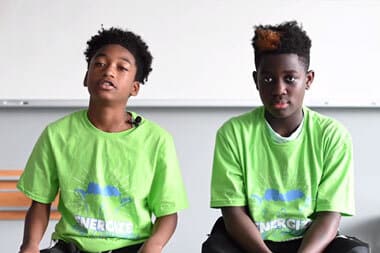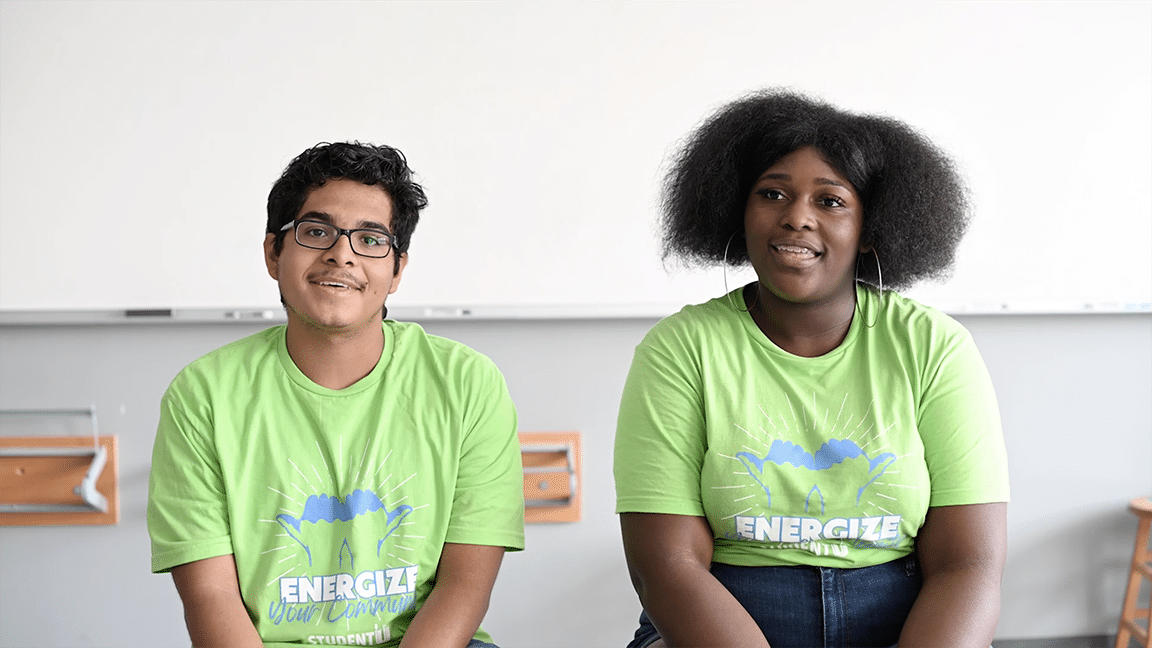
Youth Work 101: Cultivating a Trauma-Informed Classroom
By Ashley Peters
Welcome to the Youth Work 101 Series! Student U started this blog series to support youth work practitioners, educators, advocates for young people, and after-school professionals in their work by sharing what has worked for us and by offering free resources on best practices. This month’s free resource is a presentation about using a trauma-informed lens in school.
This month’s blog on Cultivating a Trauma-Informed Classroom is paraphrased from an interview with Ashley Peters, Student U’s Director of Student and Family Support Services and Licensed-Clinical Social Worker (L-CSW).
For most school districts, the 2020-21 and 2021-22 academic school years have been extremely difficult to navigate through, and educators were stretched thin between returning to the classroom and the ongoing mental health crisis. This was a fraught time for students and families. In response, Student U selected Trauma-Informed Practices as our target best practice in this month’s blog. We believe that having an understanding of what trauma is and how it can show up in your classroom is vital to creating a psychologically and physically safe learning environment. So let’s dive in!
What is trauma?Trauma is distinct because it is a psychological response to an event which leaves a lasting impact on the individual affected. Immediately after the event, shock and denial are typical. Longer-term reactions include unpredictable emotions, flashbacks, strained relationships, and even physical symptoms like headaches or nausea. The reaction to an event can vary from person to person. For example, a singular event can be experienced by two children, but one could experience it as trauma while the other one may not. How does trauma show up in the classroom?
Trauma can show up in the classroom in the form of stress and anxiety. Healthy amounts of stress and anxiety can be important for adapting to new situations. Our bodies are designed to respond to stress. If we encountered a lion on the street, our pupils would dilate, and blood would start rushing to our extremities to prepare us for pain. These adaptive bodily responses are our bodies’ ways of naturally reducing stress.
In the classroom, this process has been overtaxed and so students who are often responding to stress can’t differentiate between seeing a lion and taking a test. This can result in students staying at high levels of stress response. In doing so, students may cut off communication between the thinking and acting response of the brain. When you are not using your whole brain to respond, the primitive part takes over and begins responding to stress which is counterproductive to learning. Our neurons fire in the cortex and help us to write and think and reason. When this gets cut off due to stress, this heightened response can cause cortisol to stay in our system and can become toxic in the long run.
How can educators support the social and emotional development of our students?
- Create a Safe and Supportive Classroom
- Give positive attention to student participation, engagement, and cooperation.
- Clearly and proactively state behavior expectations
- Intentionally encourage student engagement
- Create opportunities for peers to support each other in positive ways
- Maintain consistency and routine
- Coach Self-Regulation
- Model mindful awareness and self-regulation
- Positively acknowledge when students use self-regulation skills, such as focus, persistence, and staying calm.
- Coach emotional regulation before problem-solving
- Initiate positive 1:1 teacher/student interactions
- Approach students with curiosity
- Acknowledge or validate student responses in a non-judgemental way
- Be compassionate
- Be nurturing, offer sincere praise
- Know your students really well
- Talk about their hot buttons so you know when that kid may be experiencing a trauma stress response rather than just misbehaving or overreacting.
Resource:
This month we are offering a presentation about using a trauma-informed lens in school for your own classroom and to share with your colleagues. Student U’s staff worked through the recommendations of the TREP project about becoming a trauma-responsive school to create this presentation that we use to train our own staff. Click here to go to this resource.
Further Reading:
The National Child Traumatic Stress Network provides more information about child trauma on the website.
—
Donate to Student U and keep posts like this one coming.
Subscribe to this blog by entering your email to download the resource above.










